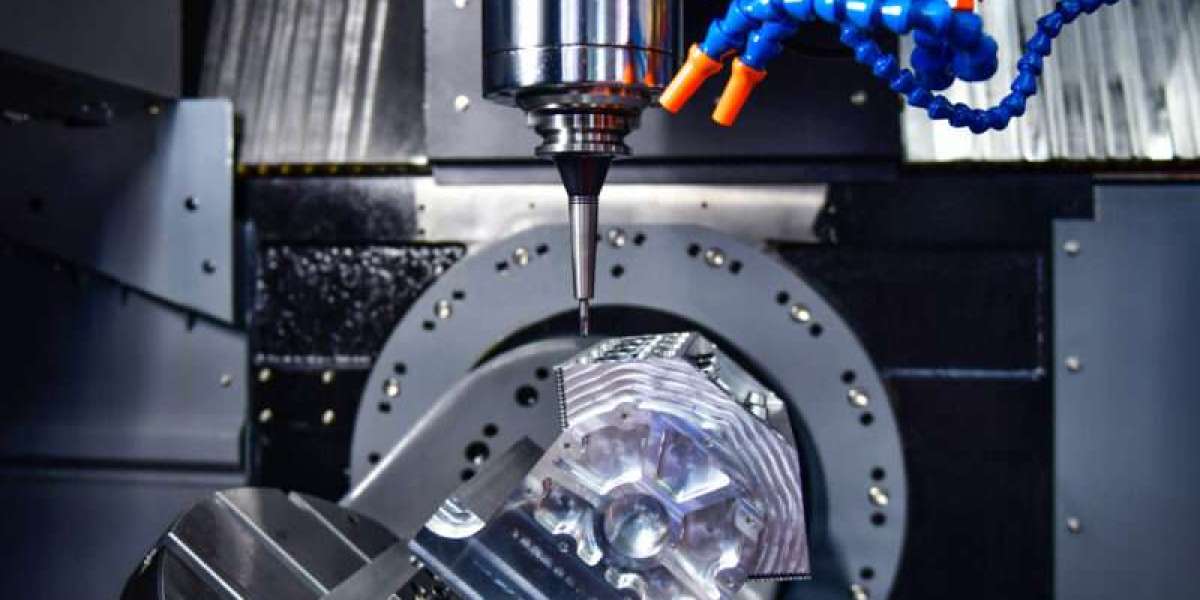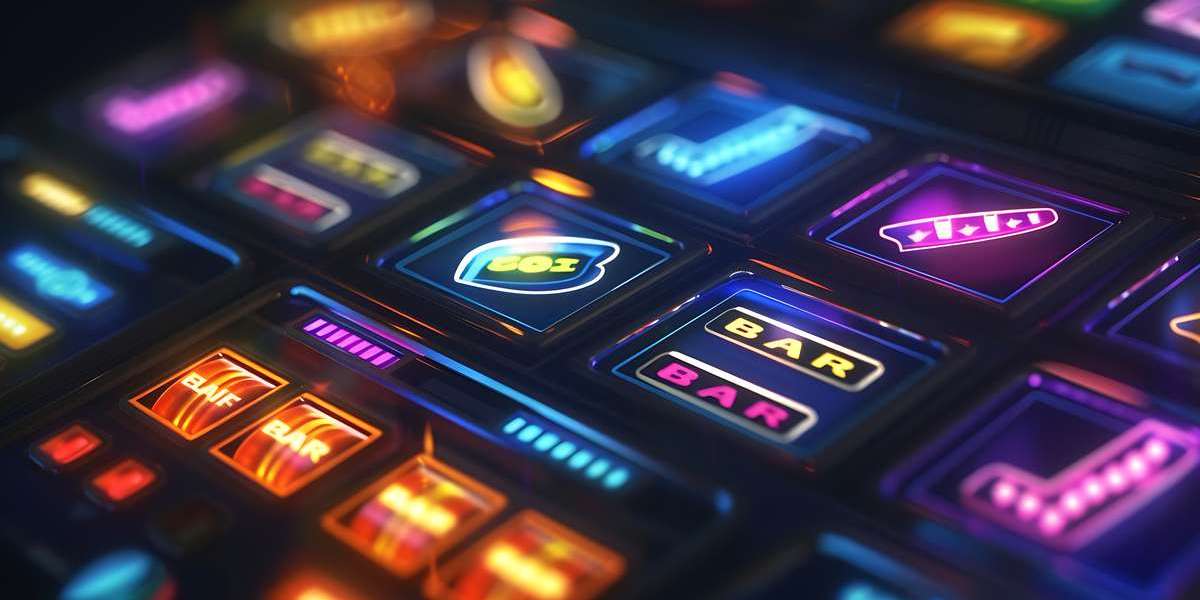CNC machining is a foundational technology in modern manufacturing—but not all CNC processes are the same.
Two of the most widely used types are CNC milling and CNC turning. Each process serves distinct purposes based on part geometry, production volume, and required precision.
Whether you're prototyping a custom part or producing thousands of components, knowing the difference between CNC milling and turning helps you choose the right method for your project.
In this article, we’ll break down the core differences, advantages, and specific use cases of each.
What Is CNC Milling?
CNC milling is a subtractive process where a rotating cutting tool moves across a stationary workpiece to remove material.
Guided by G-code generated from CAD data, the machine precisely cuts 2D and 3D features into the workpiece. CNC mills can operate on multiple axes (3-axis, 4-axis, and 5-axis), allowing them to machine complex shapes and contours.
Key Features of CNC Milling:
Workpiece remains stationary; the cutting tool moves
Ideal for flat, contoured, or angular surfaces
Multiple surfaces can be machined in one setup
Supports slots, holes, pockets, curves, threads
What Is CNC Turning?
CNC turning (lathe machining) is a subtractive process where the workpiece rotates while a cutting tool remains stationary.
Material is removed as the spinning part comes into contact with single-point cutting tools, shaping it into cylindrical or round geometries.
Key Features of CNC Turning:
Workpiece rotates; cutting tool moves linearly
Used for round or symmetrical parts
Excellent for producing shafts, pins, bushings, and tubes
High precision and fast cycle times for simple profiles
CNC lathes are especially effective for producing tight-tolerance components with consistent diameters, and they excel in repeatability. Learn more about the capabilities of high-precision CNC lathe machines that deliver superior accuracy for turned parts.
Side-by-Side Comparison: CNC Milling vs. CNC Turning
| Feature/Function | CNC Milling | CNC Turning |
|---|---|---|
| Workpiece Motion | Stationary | Rotating |
| Tool Motion | Rotating, moves in X, Y, Z axes | Fixed/linear movement along X and Z |
| Best For | Flat, contoured, angled features | Cylindrical, round, conical shapes |
| Typical Parts | Brackets, gears, housings, engine blocks | Shafts, pins, screws, nozzles, flanges |
| Machine Types | 3-axis, 4-axis, 5-axis mills | CNC lathes, turning centers |
| Setup Time | Moderate to high | Generally lower |
| Material Removal Rate | Slower, more detailed | High-speed for simple parts |
| Tolerances Achievable | ±0.01 mm or better | ±0.005 mm or better |
| Production Volume | Suited for low to medium volumes | Ideal for high-volume runs |
When to Use CNC Milling
CNC milling is preferred when the part design includes complex geometries or multiple surface planes that require tight tolerances and fine details.
Ideal for:
Multi-axis parts with pockets, cavities, and grooves
Components requiring machining from several angles
Low- to medium-volume production
Prototyping precision parts
Parts requiring intricate surface features
Common Milled Parts:
Aerospace brackets and support arms
Custom enclosures or housings
Medical instrument components
Injection mold plates
Complex aluminum frames or panels
Milling also allows for tool changes within the same cycle, enabling the use of drills, taps, and ball end mills for finishing features.
When to Use CNC Turning
CNC turning is best for producing round components, particularly when speed, symmetry, and volume are important.
Ideal for:
Parts with circular cross-sections
Long components with uniform diameters
High-volume production
Simple designs that need fast output
Items requiring tight concentric tolerances
Common Turned Parts:
Hydraulic and pneumatic fittings
Rotors, shafts, and axles
Custom bushings or spacers
Threaded rods or connectors
Medical-grade pins and screws
Turned parts often need less secondary finishing and offer high dimensional repeatability, making them ideal for mission-critical applications in aerospace, automotive, and medical.
Can CNC Milling and Turning Be Combined?
Yes—complex components often require both CNC milling and turning.
This is known as mill-turn or turn-mill machining, performed on multi-tasking machines capable of handling both operations in a single setup.
Advantages of Mill-Turn Machining:
Reduced setups and fixture changes
Better concentricity across milled and turned features
Faster total cycle times
Lower risk of alignment or tolerance stack-up errors
This approach is common in aerospace components, medical implants, and defense-grade hardware, where tight tolerances and efficient production are essential.
Cost Considerations
| Factor | CNC Milling | CNC Turning |
|---|---|---|
| Setup Cost | Medium–High (multi-tool setup) | Low (single-point tool setup) |
| Material Waste | Higher due to multi-axis cuts | Lower, efficient chip removal |
| Per-Part Cost (low volume) | Higher | Lower |
| Per-Part Cost (high volume) | Becomes efficient with automation | Highly cost-effective |
If your part requires fine detail and multiple operations, milling justifies the cost. For simple, round parts in volume, turning is more economical.
Choosing the Right Process for Your Application
Use CNC Milling When:
The part has flat surfaces, complex curves, or pockets
Multiple angles and tool changes are required
Tolerances across surfaces must be consistent
You need custom prototypes or small batches
Geometry isn’t rotationally symmetrical
Use CNC Turning When:
The part is round, tubular, or concentric
Speed and repeatability are essential
High volume production is planned
Tighter roundness or concentricity is required
Minimal setup and faster cycle time are desired
For many projects, machining starts with turning to shape the outer profile, followed by milling for secondary features such as keyways, holes, or slots.
Summary: Milling vs. Turning at a Glance
| Category | Best CNC Process |
|---|---|
| Complex surfaces | CNC Milling |
| Cylindrical geometry | CNC Turning |
| Prototype-to-production | CNC Milling |
| High-volume output | CNC Turning |
| Multi-operation machining | Turn-Mill (Hybrid) |
Final Thoughts
CNC milling and CNC turning are powerful, complementary processes.
Choosing the right one depends on your part’s geometry, production volume, and functional requirements. For best results, it's important to work with a machining provider that understands both processes and can recommend the most efficient, cost-effective path for your application.
If you're looking to produce precision-turned components with tight tolerances, explore the capabilities of high-precision CNC lathe machines built to deliver exceptional repeatability and speed.



